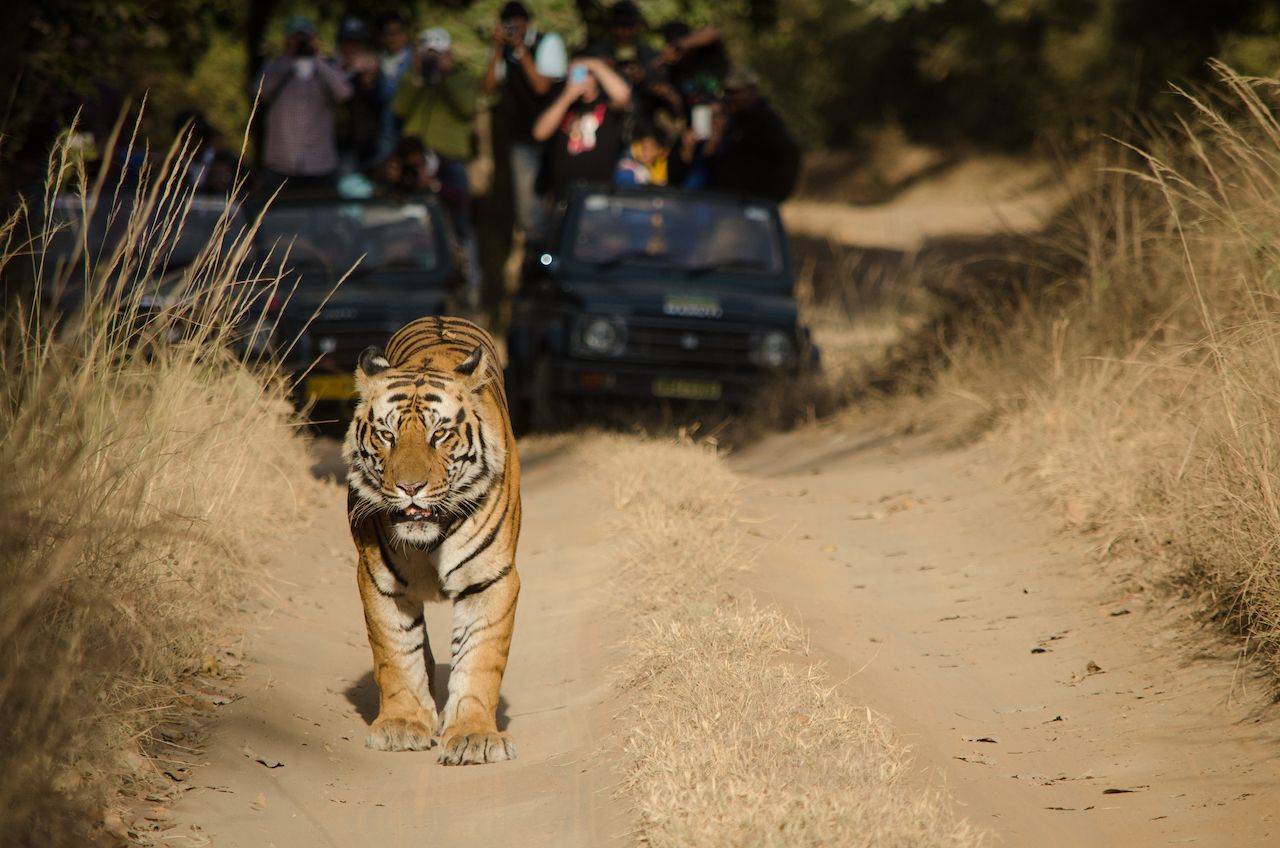One of the most majestic sights you could ever hope to see in nature is a big jungle cat. Bengal tigers, a subspecies of tiger found primarily in India (but also some other parts of Asia), are one of the most sought-after animals to spot in the wild, likely due to their striking black-and-orange striped coat and their sense of sleek, coiled power.
Unfortunately, animal lovers and ethical adventurers are not the only ones who have had an interest in this breed of tiger. Hunting the Bengal tiger was a favored pastime of India’s elite — and when the British introduced guns to the sport in the late 1800s, the species went from eight tiger subspecies to the five that exist now. With poaching and an accelerated loss of habitat due to human population growth, the Bengal tiger is now an endangered species. Today, according to the WWF, the total population of wild Bengal tigers has fallen from hundreds of thousands to around 2,500.




